JPL Tour!
By LA-jan - June 09, 2016
We had a chance to tour JPL today!
Awhile ago, someone from work FB'd about a special tour of JPL.
I missed that tour, but found anyone could get a tour!
So we found a day after school was out for the guys and we all
headed out.
The tour took us on a long walk through the campus
The campus is in the La Canada foothills and is quite beautiful
and very well maintained. It is operated by Cal Tech in Pasadena on about $20 billion
annually, just southwest
annually, just southwest
of there. The history goes that around 1930, some graduate students of
Cal Tech were working on rockets and kept projecting things into walls
and blowing up sides of buildings on the Cal Tech campus. They became
known as the suicide brigade. The president of the school
was ok with their plans, including their suicidal testing, but decided
to establish the campus of JPL to let them go about their research
without risking the lives of other students and damaging the campus of
Cal Tech. It was then in a no mans land, much hidden in the foothills,
away from all civilization.
The term"rockets" were not well respected at the time, and conjured up
feelings of fictional science more attuned to Buck Rogers
than real respectful research, so it became known as Jet Propulsion,
rather than Rocket Propulsion, and the name stuck.
Some time in the 50's NASA became involved after their start with the military
uses for their rockets and missiles during WW II.
Given the choice, it was a much welcomed move for the scientists!
Now, they tongue in cheek call themselves the bastard stepchild of NASA,
as, when things go wrong, NASA distances themselves from JPL, and when
missions are a success, NASA takes the credit as part of JPL!
We next moved inside to see the clean room where the
projects are built.
No action here as all the research and development is going on now for the next mission.
Right now, they have a mission scheduled to land on Mars on July 4th!
That large shiny object in the top right is the next land rover base ready to be loaded.
The red and black panels are solar panels ready for the next mission.
The room's air is cleaned and recirculated every 10 mins. to keep the dust level down
to 10,000 parts per million. On a good day, at the top of a mountain, the level is 500,000
parts per million. Downtown LA, 100,000 parts! That large metal
room with the open door can keep it down to 1 part, and void
all radio interference to work on sensitive small parts.
The circles around the top of the picture, are all the missions built in this
building.
Next, we headed into their Mission Control.
The red and black panels are solar panels ready for the next mission.
The room's air is cleaned and recirculated every 10 mins. to keep the dust level down
to 10,000 parts per million. On a good day, at the top of a mountain, the level is 500,000
parts per million. Downtown LA, 100,000 parts! That large metal
room with the open door can keep it down to 1 part, and void
all radio interference to work on sensitive small parts.
The circles around the top of the picture, are all the missions built in this
building.
Next, we headed into their Mission Control.
Here, there are always at least 5 persons to monitor the missions and take in the data.
In the middle of the room on the floor is their logo under glass which they call
"the center of the universe"
"the center of the universe"
We could transfer scenes on the big screens from mission to mission.
Some were in deep space which left in 2011 to Jupiter, the other Mars mission which takes
about 8.5 mos., and there are more here. They are continuously monitored with huge
telescopes in CA, Spain and Australia. The three locations cover the missions
from all sides of the earth so even as we rotate, they can always
be seen.
telescopes in CA, Spain and Australia. The three locations cover the missions
from all sides of the earth so even as we rotate, they can always
be seen.
During a landing, only VIPs are allowed in the viewing room we sat in.
And, wherever we go, we can't help but bump into someone that knows Terry!
As we were leaving the viewing room,
we hear "Terry Pollard!" and their is a friendly face looking for Terry.
He works at JPL and was giving a small group a tour.
He pointed us at a special "thing" that eliminates all dust for work to be
done on high tech instruments.
We were fascinated by what looked like a square "cloud" box that was in the palm
of someone's hand that could be picked up and moved
and it would double it's weight every time it was touched, but remained as light
as a feather.
I had to quick grab a picture as our tour guide was rushing us along!
So cool!
Next, we went into a building with a scale model of the Mars rover on the
current mission.
But first, one of their logos. . .
and the Pulse
and the huge new Rover!
those holes in the titanium wheels to keep Mars dirt from sticking on
and preventing the rover from gaining traction,
are placed in Morse Code for JPL!
This is the earlier version
with no holes and the wheel got stuck after a build up of Mars dirt
on the wheels.
with no holes and the wheel got stuck after a build up of Mars dirt
on the wheels.
What I found interesting that I did not know, was that all the robotics they do
provide the research for NSA's manned missions. They even
sent missions to the moon before manned missions to disprove
that the surface of the moon was not a type of quicksand
that would swallow you up!
That little rover proved that they could send, land,
receive transmission and do scientific studies on Mars.
That provided the proof to fund the further missions that are now
providing the proof that man can go.
Once, the proof is provided and the scientific research completed at JPL,
NASA takes over and sends the manned missions.
Here, a moon rock. . .
Ha!
So much fun!



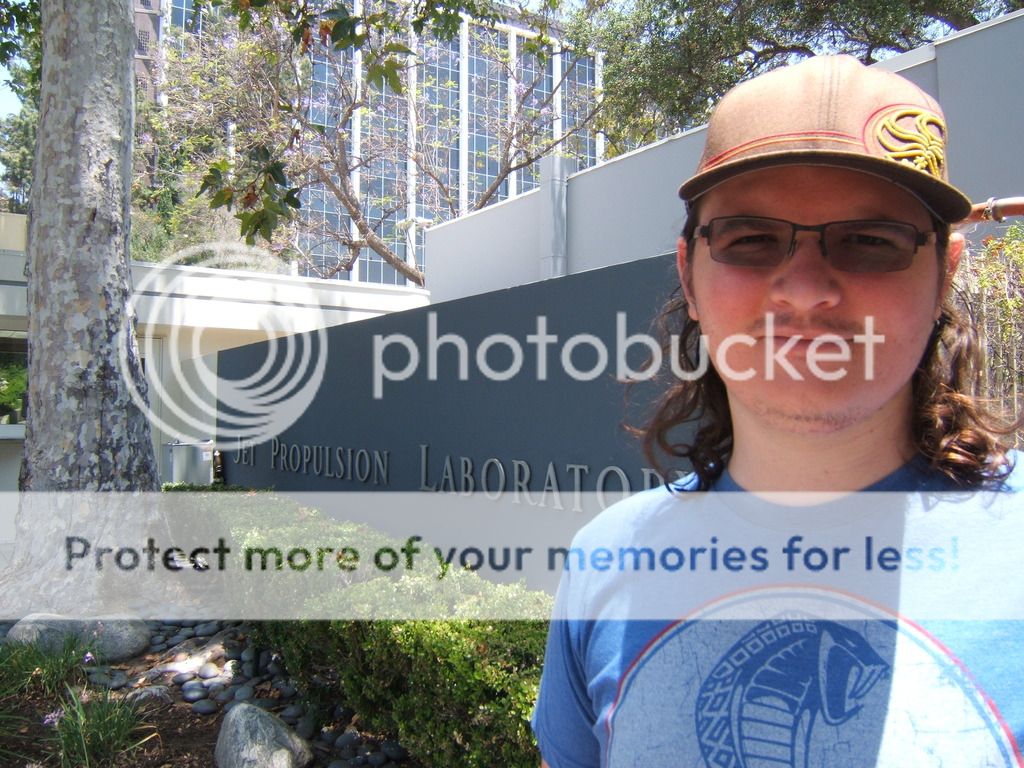
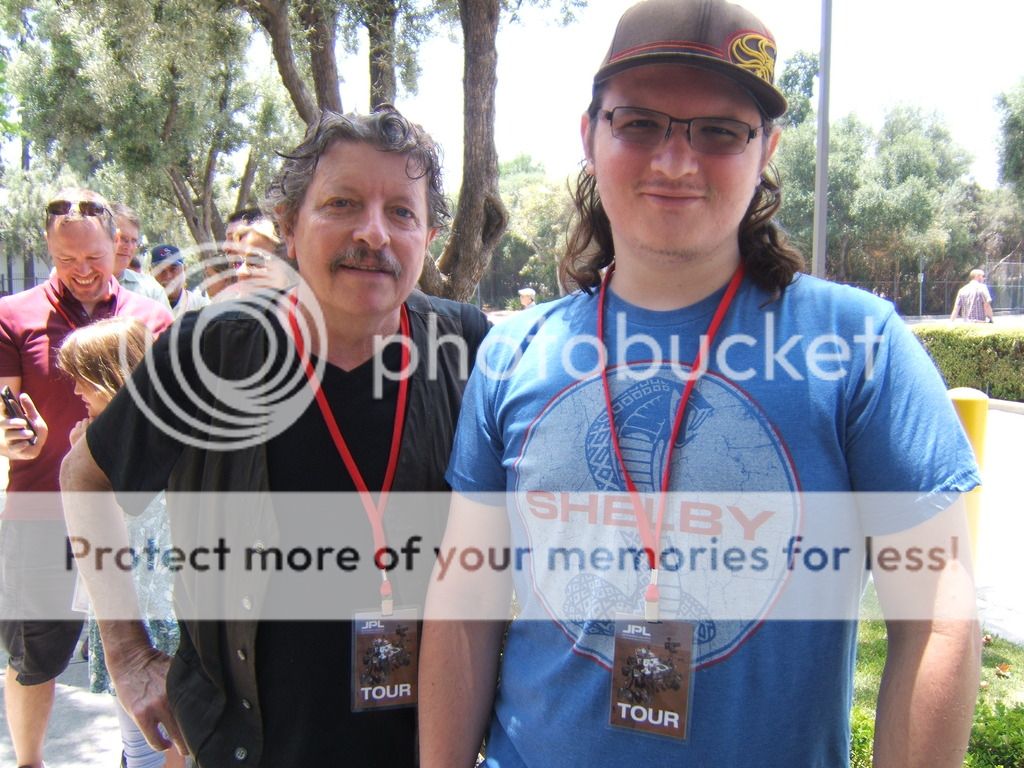
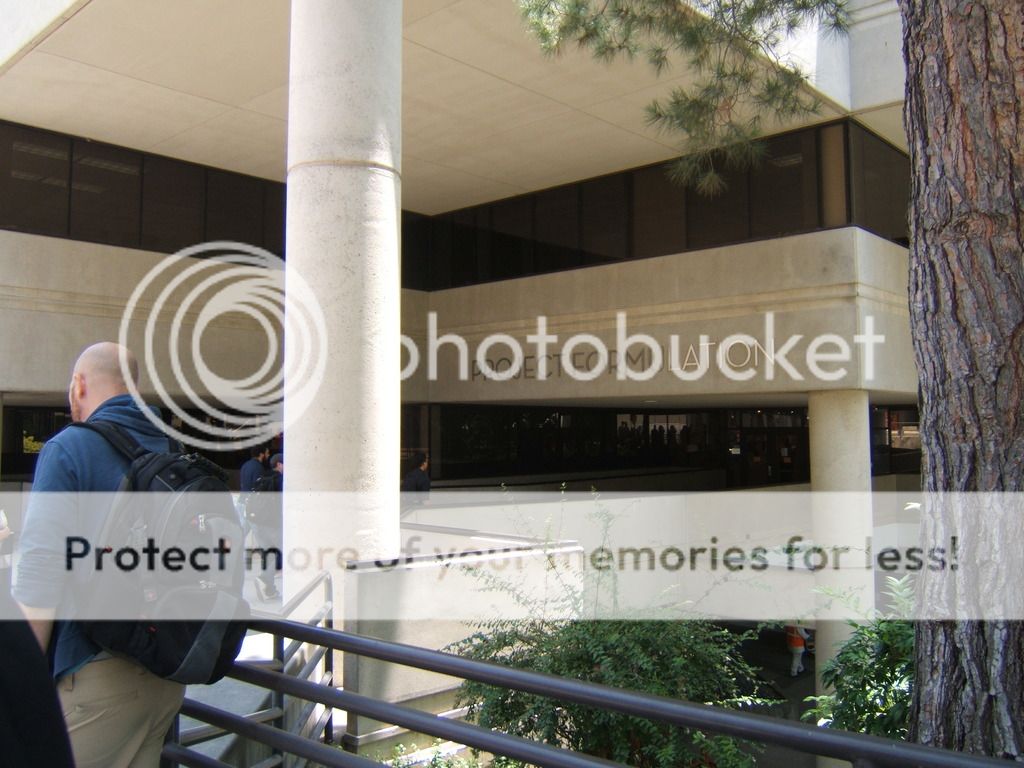
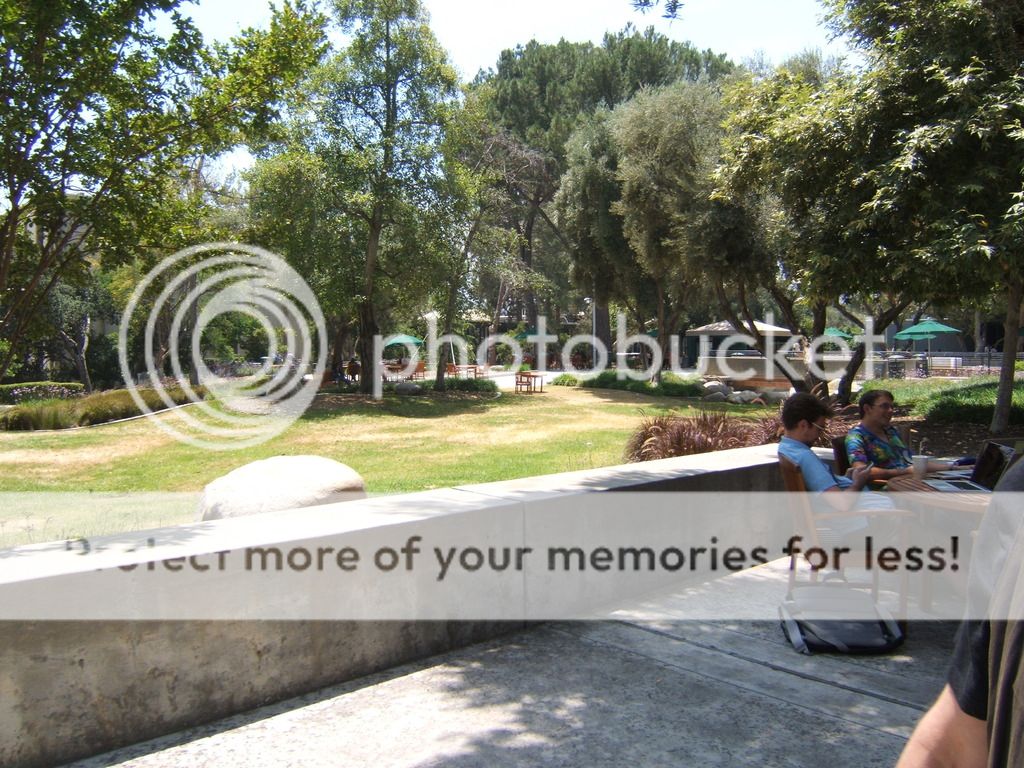
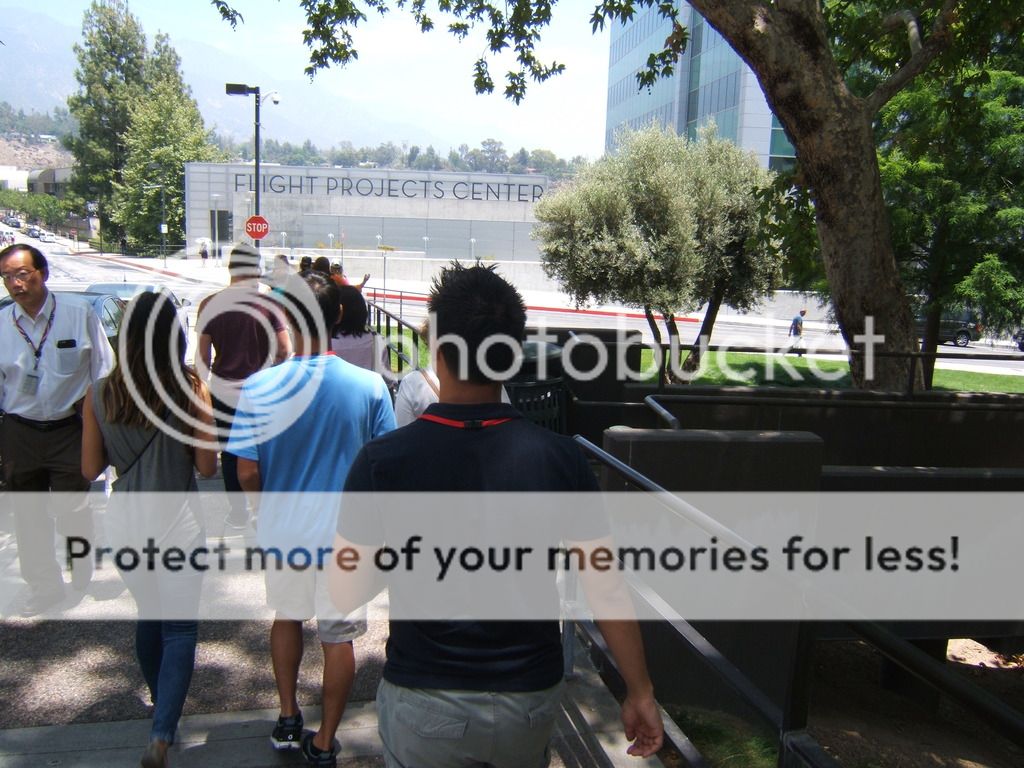
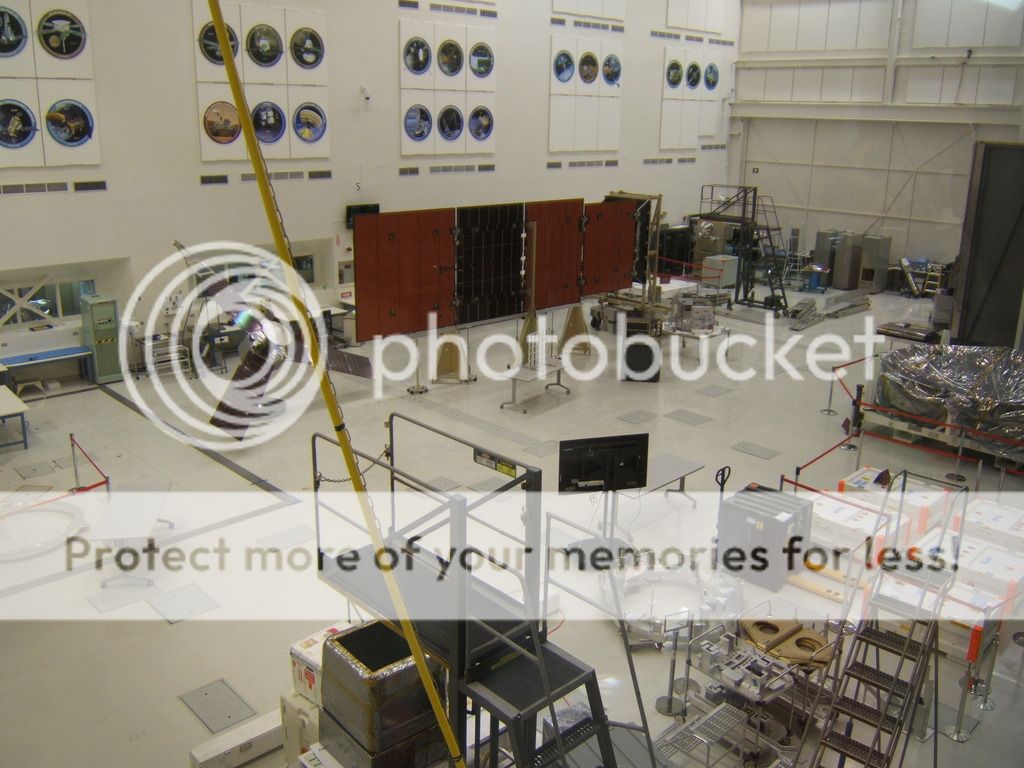
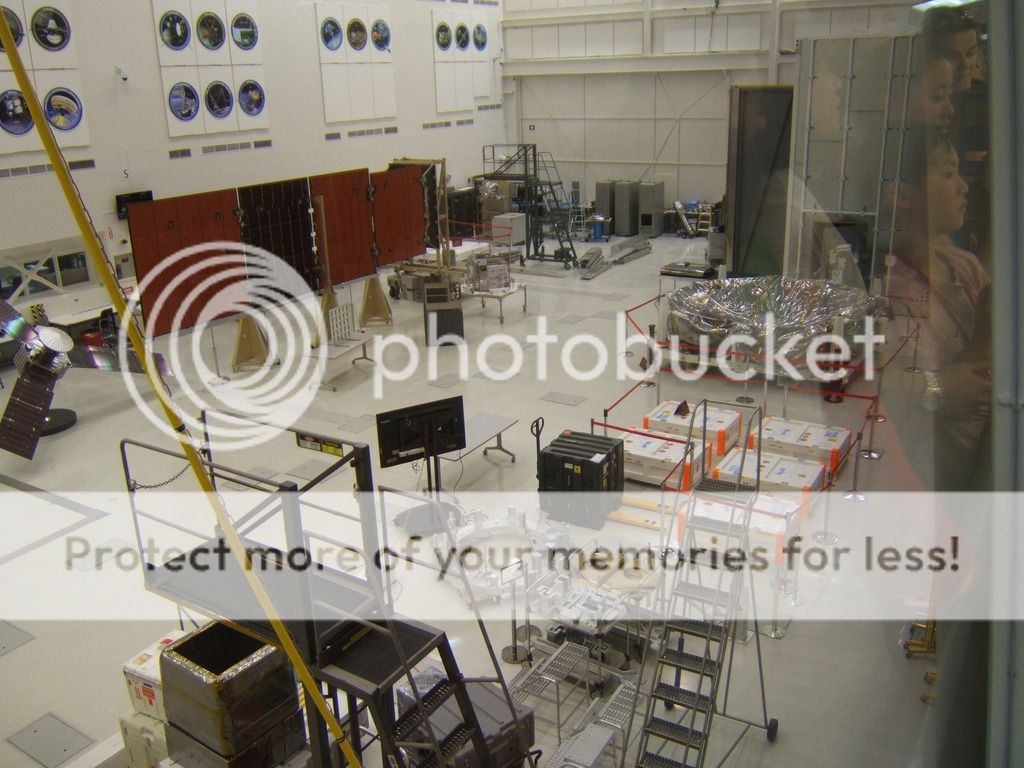
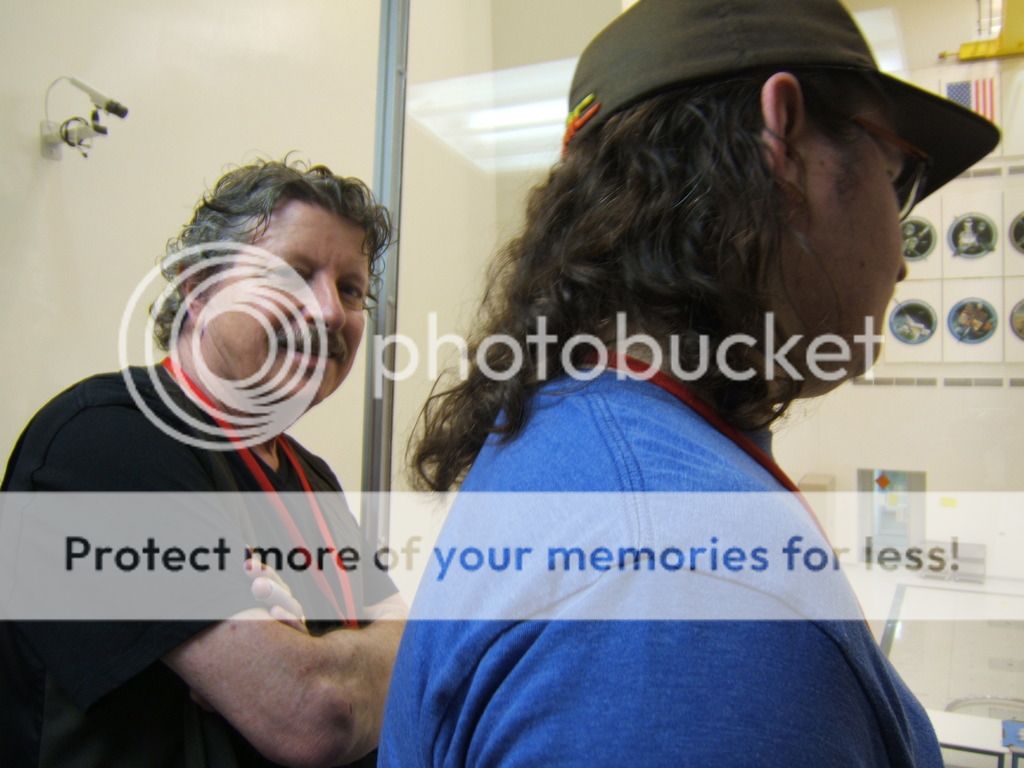


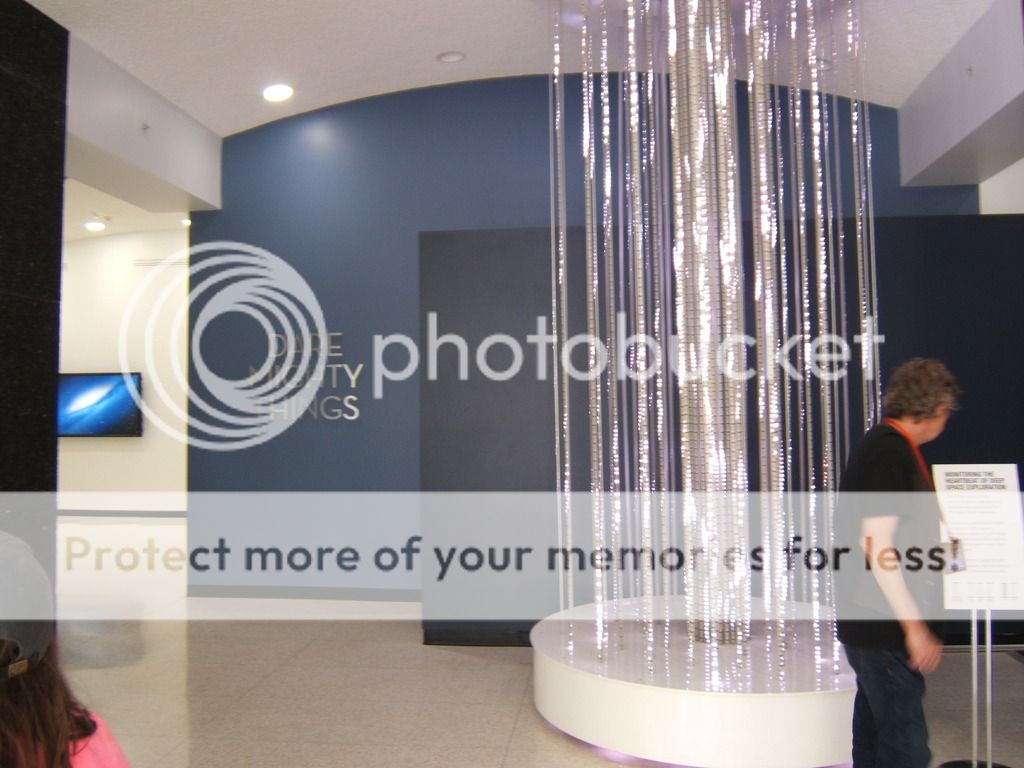
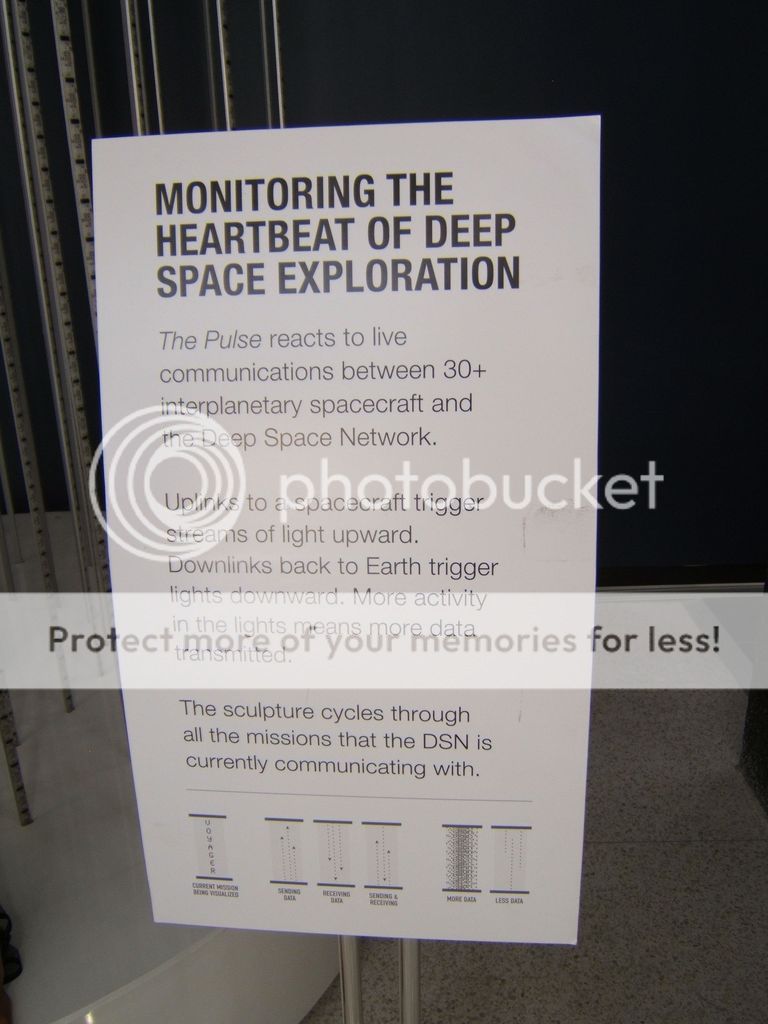
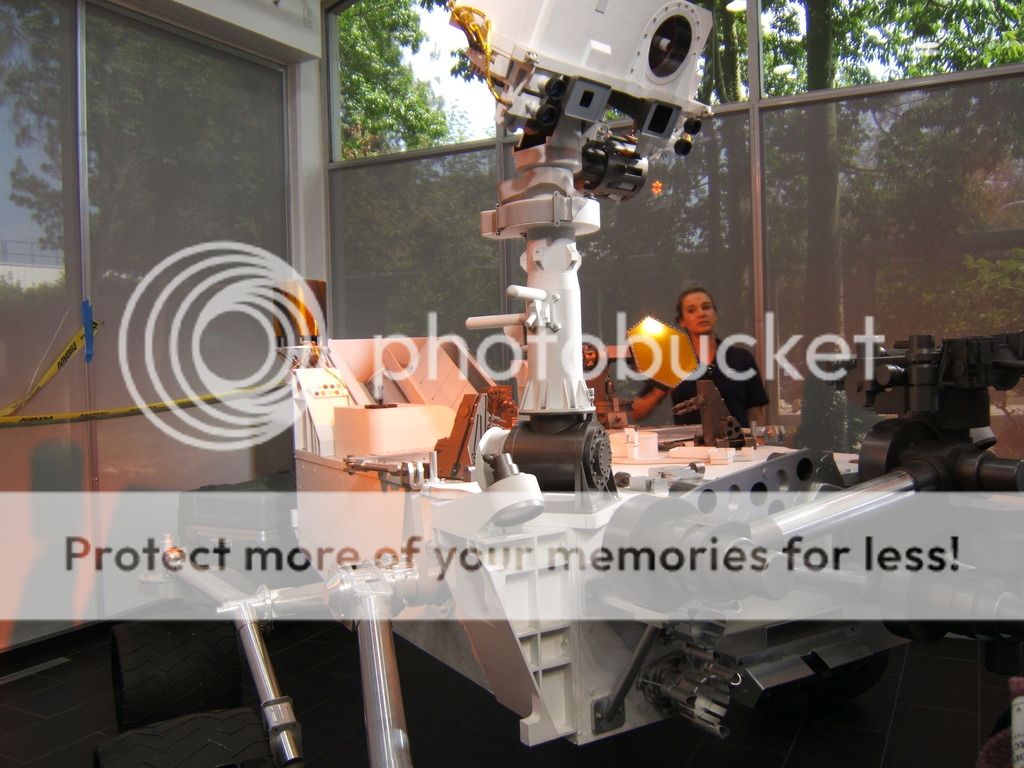

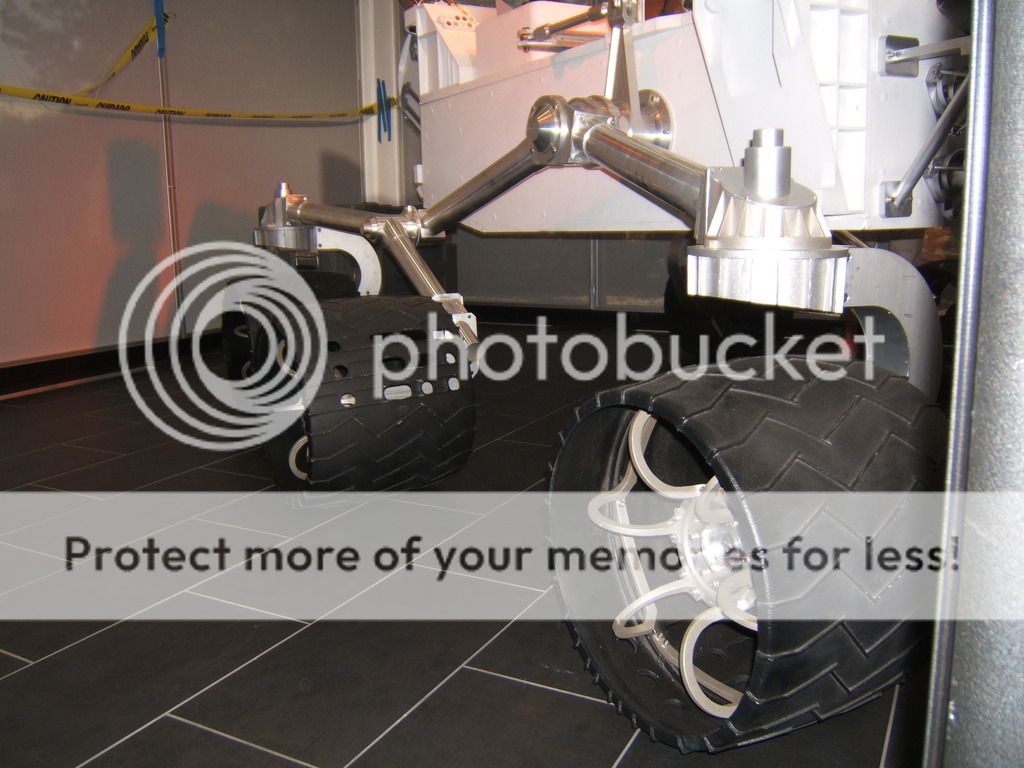
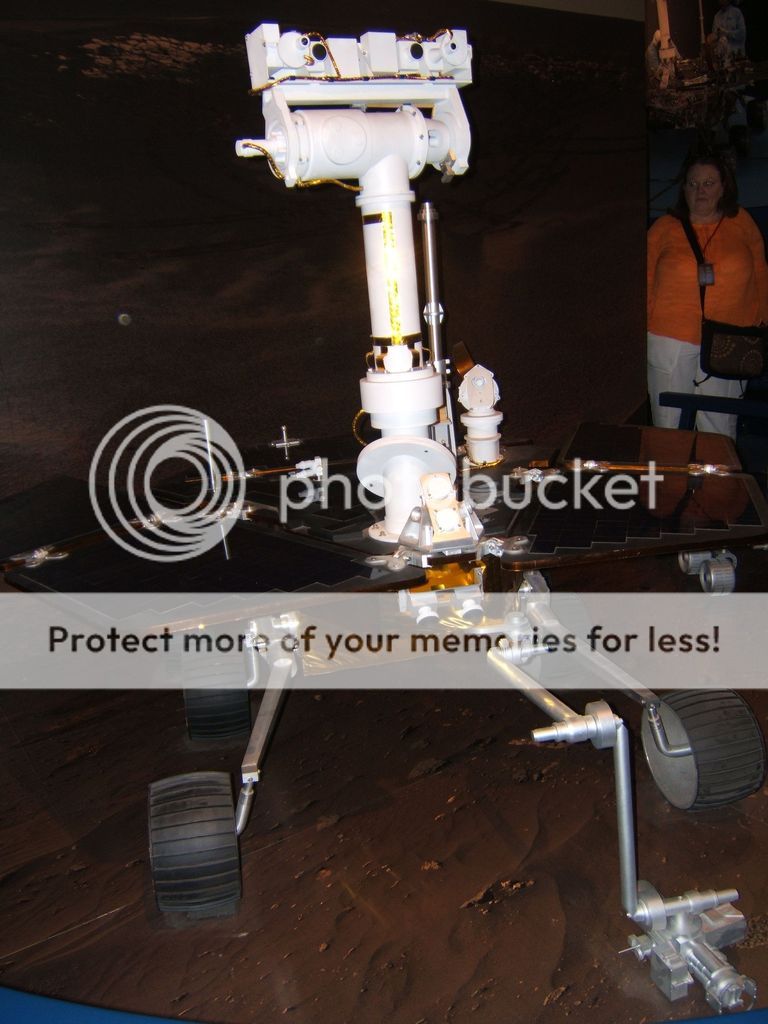
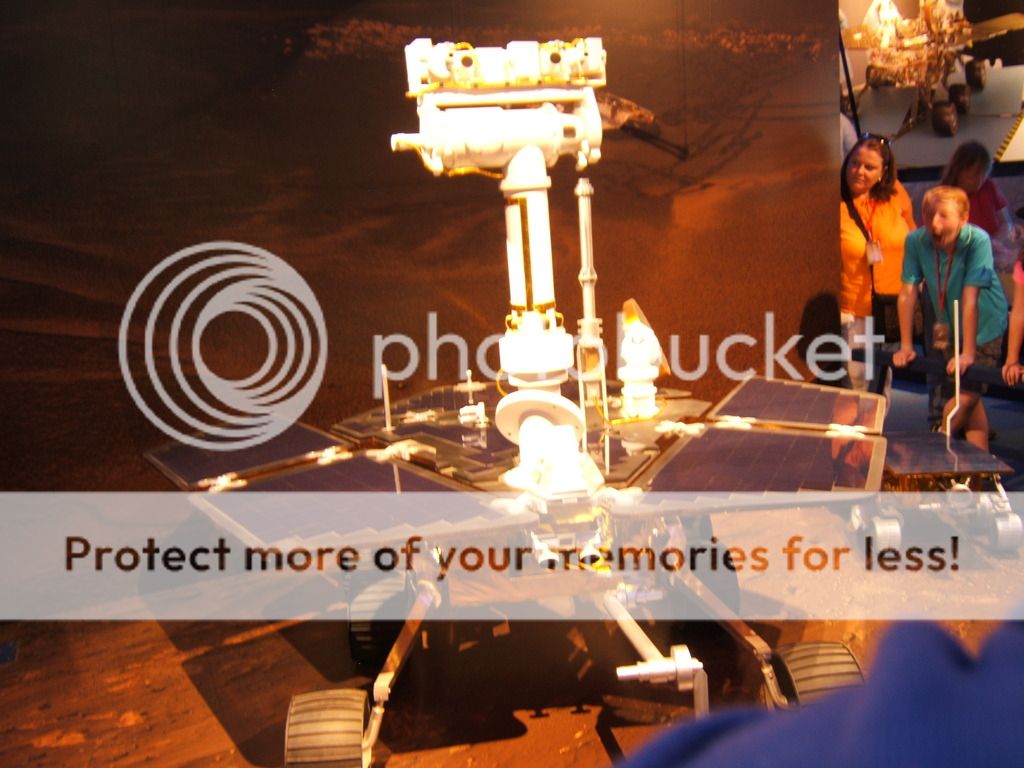
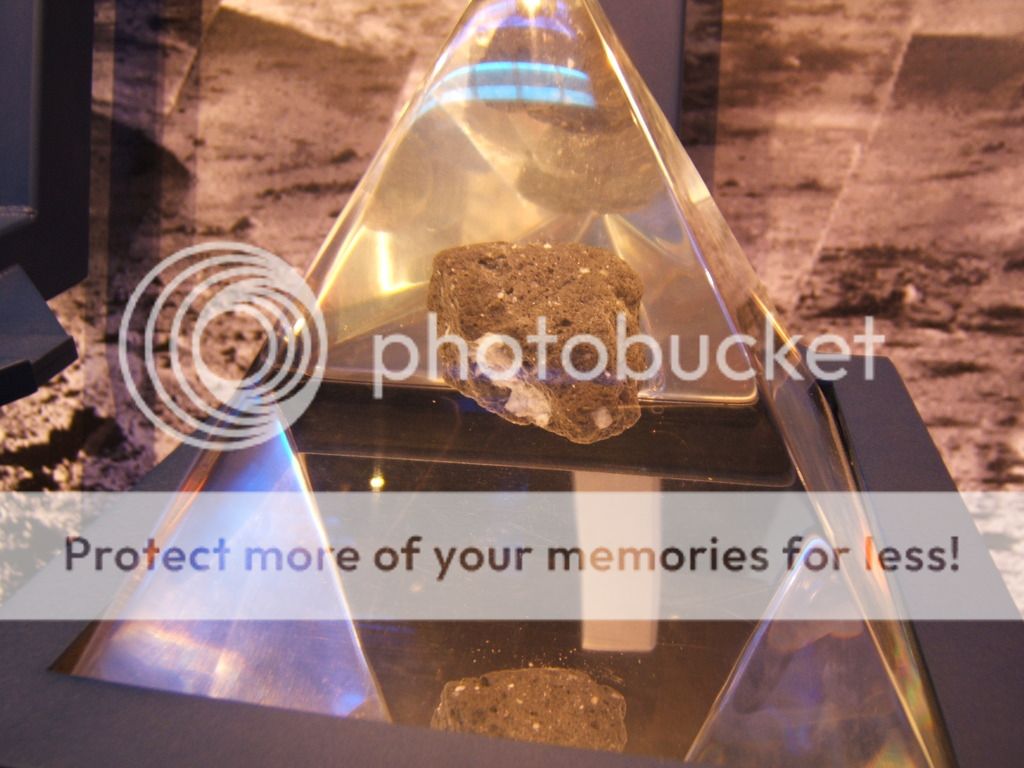
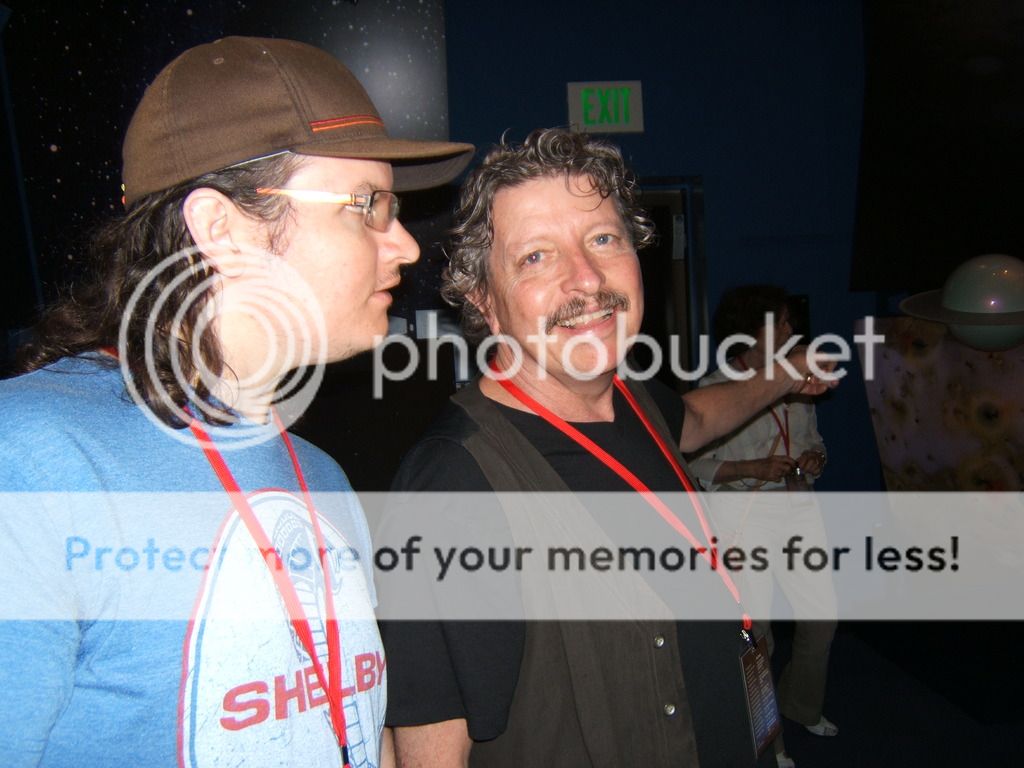
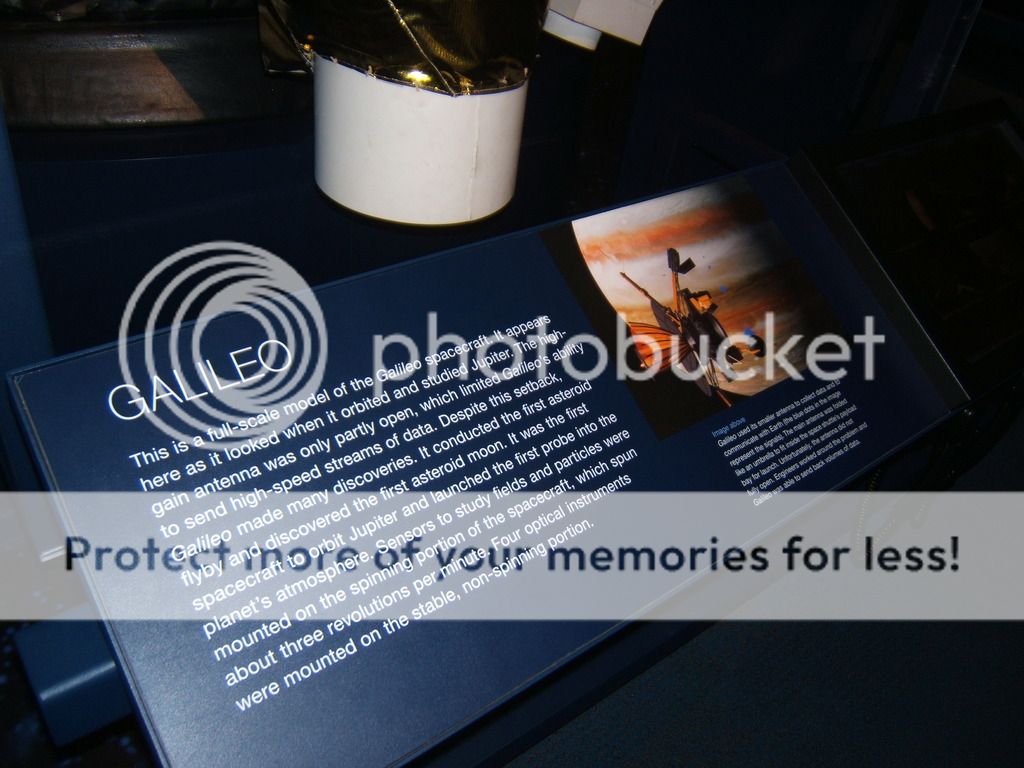
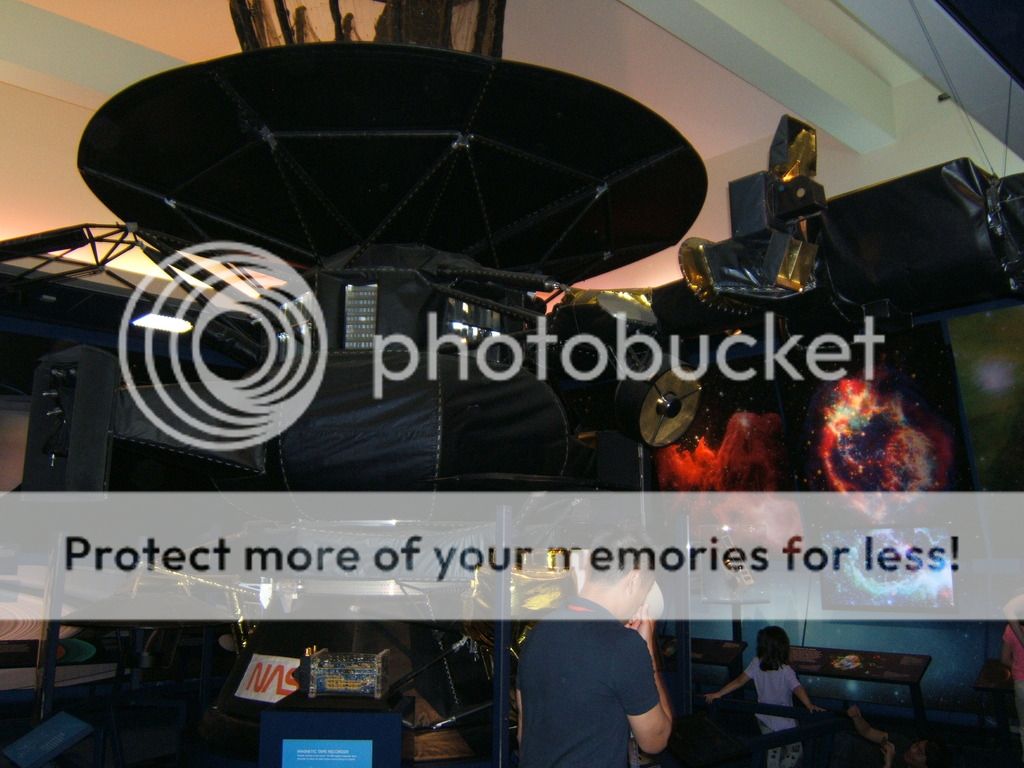
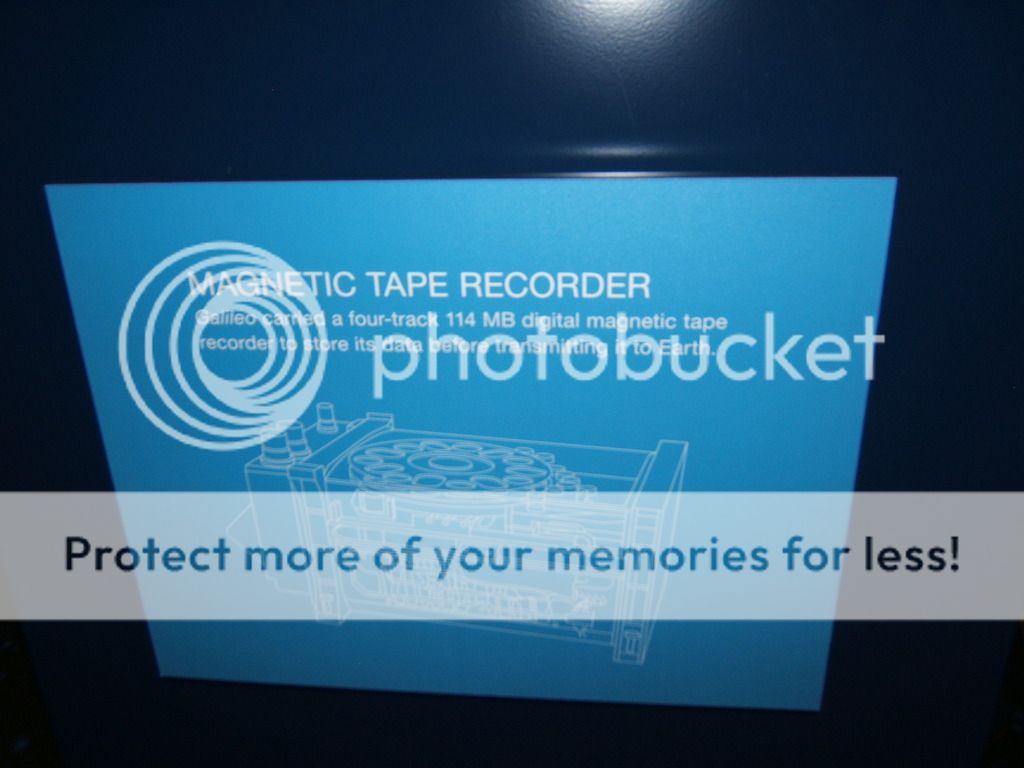

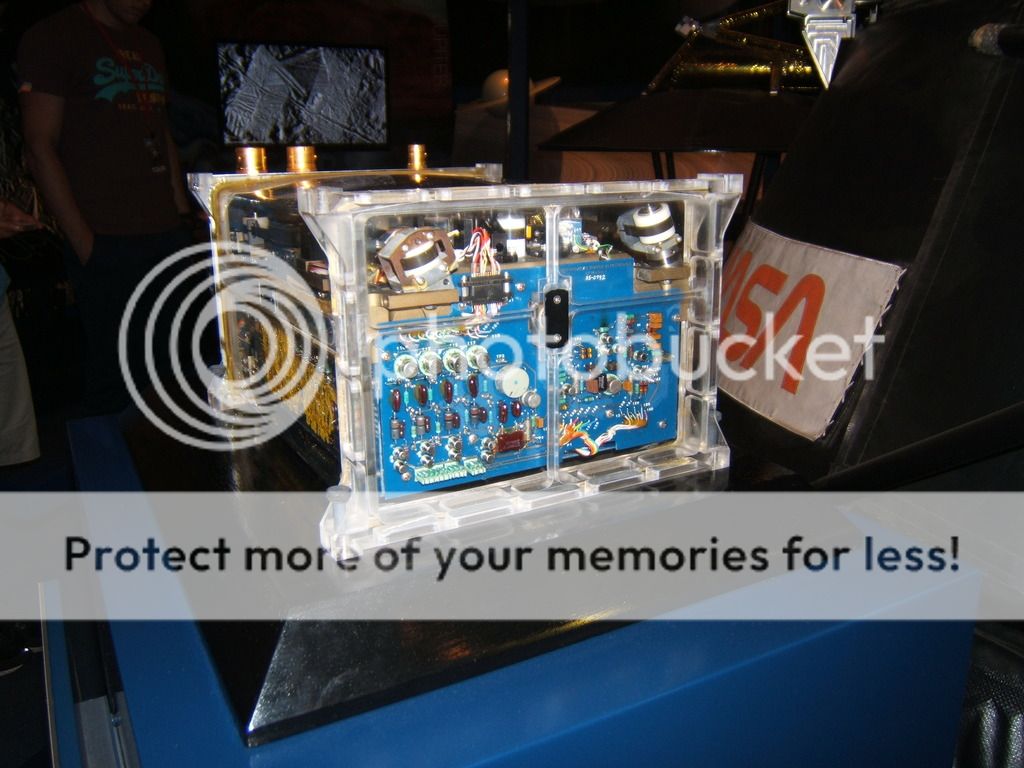
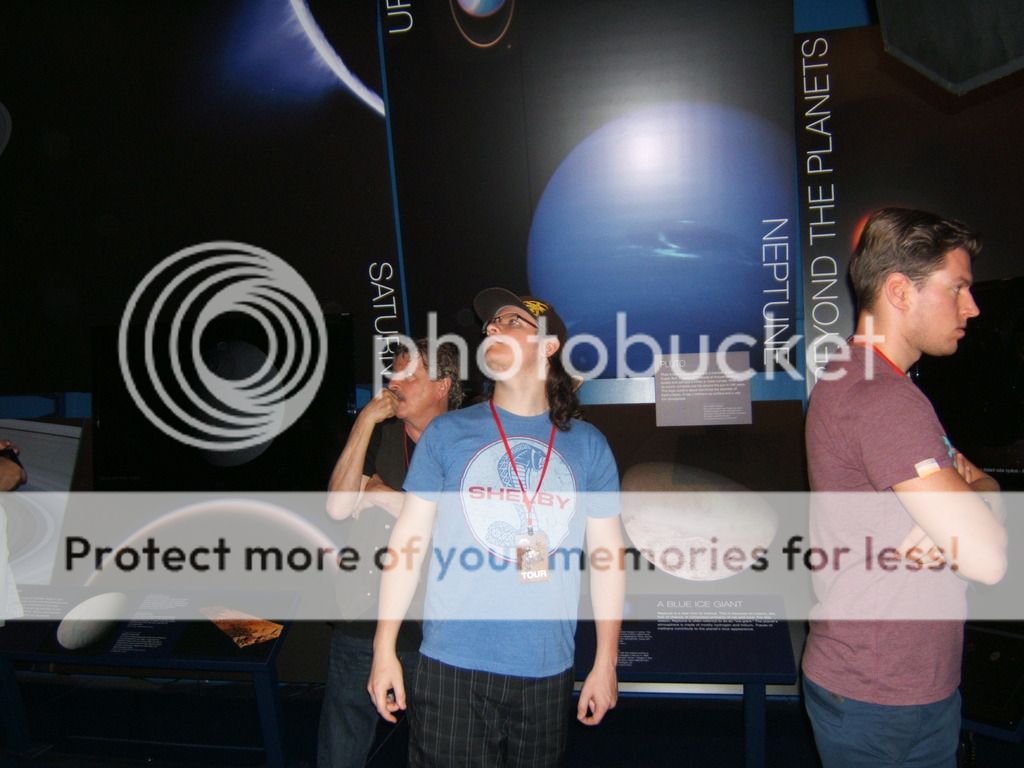
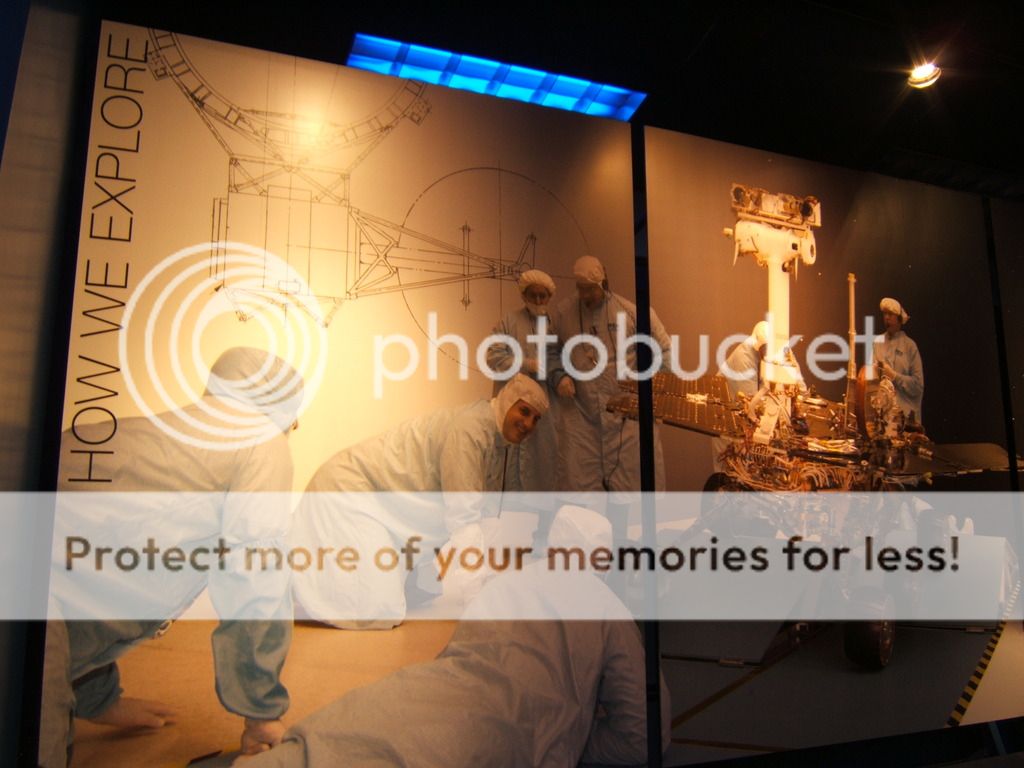

1 comments
Cool Place! Glad you were able to take a tour and share with us!
ReplyDelete